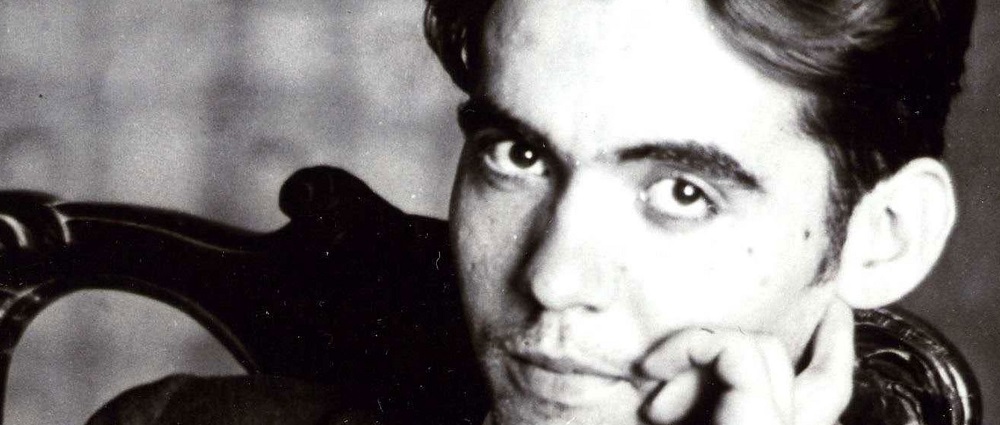Por Ingrid Fernández
A 84 años del asesinato del gran Federico García Lorca: poeta, dramaturgo, músico, dibujante y director de teatro.
García Lorca fue fusilado en la madrugada del 18 de agosto de 1936. Es de las pocas certezas que hay alrededor de su muerte. El resto está cubierto de un misterio que al día de hoy no se devela.
En Julio de 1936 Federico ve amenazada su existencia en Madrid debido al avance de una derecha absolutamente intolerante y violenta ante el Gobierno Republicano. Decide regresar a su Granada natal, para despedirse de su familia. Tenía el proyecto de viajar a México donde su amiga la actriz Margarita Xirgu interpretaría “Yerma” y “Bodas de sangre”, dos de sus más famosas obras de teatro.
Las críticas hacia el poeta habían recrudecido. Aunque detestaba la política partidaria (por ello nunca llegó a ser miembro del Partido Comunista) se convirtió en un personaje incómodo para la rancia derecha madrileña por sus declaraciones contra las injusticias sociales, tales como “El mundo está detenido ante el hambre que asola a los pueblos” o “Nunca jamás se podrán figurar los hombres la alegría que estallará el día de la Gran Revolución”. También por su amistad con personalidades declaradas socialistas como Margarita Xirgu o el Ministro de Educación republicano Fernando de los Ríos Uruti, como así también por su homosexualidad.
Arriba a Granada el 14 de Julio, tres días antes de que estalle en Melilla el golpe militar contra la República que daría inicio a la Guerra Civil. Para el día 20, Granada se encuentra ya en manos falangistas y su cuñado, alcalde de la ciudad, es detenido y fusilado un mes después. Como ya no era seguro seguir en la casa familiar decide esconderse en la de su amigo Luis Rosales, poeta falangista, razón por la cual cree que pasará inadvertida su presencia allí.
¿Quién lo delata? Muchas hipótesis, ninguna comprobada
El 16 de agosto es detenido por la guardia civil. Según su biógrafo Ian Gibson “fue una operación de envergadura”. La guardia civil rodeó la manzana donde estaba ubicada la casa y hasta hubo guardias armados en los techos colindantes para impedir que se escapara por allí. El jefe de la operación fue Ramón Ruiz Alonso ex diputado de la CEDA (Confederación Española de Derechas Autónomas) ultraderechista, católico a ultranza, que odiaba profundamente al poeta. Según la denuncia firmada por Ruiz Alonso (hoy perdida) se le imputaban los cargos de “ser espía de los rusos, estar en contacto con éstos por radio, haber sido secretario de Fernando de los Ríos Urruti y ser homosexual”.
Los Rosales y el músico Manuel de Falla movieron cielo y tierra para lograr su libertad, pero nada pudo hacerse.
Dos días más tarde le “dieron el paseo” (eufemismo utilizado para el procedimiento de fusilar a los detenidos en un descampado). No se sabe con exactitud lo que sucedió allí. Se presume que fue llevado en coche por la carretera que une los pueblos de Viznar y Alfacar, quizá con uno o más detenidos, y que en un momento dado los hicieron bajar, caminar por un bosque hasta llegar a una zanja abierta. Allí, al parecer Federico gritó un insulto hacia sus carceleros lo que provocó que uno de ellos le diera un culetazo en la cabeza. Cae a la zanja arrastrando a su compañero ya que estaban maniatados juntos y allí al grito de “rojo maricón” les disparan varias veces para luego escupir sobre ellos.
Su cuerpo nunca fue encontrado. Sigue enterrado en una de las 3000 fosas comunes documentadas, junto a otras 140.000 personas desaparecidas por el franquismo, que esperan ser exhumadas, recibir justicia y reparación histórica para sus familias.
Federico García Lorca tenía 38 años y nos dejó 9 libros de poesía, uno de prosa y 12 inolvidables obras de teatro, muchas de las cuales tuve el honor de ver en el Teatro San Martín.
“La poesía no quiere adeptos, quiere amantes”.
Leerlo es un compromiso con la belleza, la justicia y el socialismo.




